
Exploring the Fusion of Islamic and Art Deco Styles in Moroccan Architecture
Morocco unfolds a rich tapestry, nestled between the vibrant landscapes of Europe and Africa, and woven from centuries of diverse rulers and cultural influences. As you walk through time, you can hear the echoes of ancient Berbers blending with the melodies of Muslim Arabs, experience the artistry of the Moors, and admire the elegance of the French.
As you journey through Morocco, the architecture narrates a fascinating story. Imagine wandering the bustling streets of Marrakesh, where deep red clay kasbahs stand proudly against the sky. Feel the enchantment as you gaze at intricate Islamic tiled domes and soaring minarets, their beauty reflecting centuries of devotion and craftsmanship.
Stroll through the serene gardens of Andalusia, where Moorish white stucco facades whisper tales of a bygone era. Let the vibrant colors of the city captivate your senses. Amid it all, discover the charming Art Deco buildings left by the French, reminders of Morocco’s eclectic past.
Join us as we explore the captivating history of Moroccan architecture, revealing how diverse influences have shaped this crossroads of cultures. Every corner unveils a new story, inviting you to discover the rich legacy that makes Morocco truly remarkable.
Berber Influences on Moroccan Architecture: A Legacy of Design and Culture
Moroccan architecture, as we recognize it today, traces its deep roots back to the 2nd century, when the Berber Kingdom thrived. The Berbers, or Imazighen, are the indigenous people of North Africa who have inhabited this region for millennia. Their legacy remains palpable in Morocco, where traditional kasbahs and fortifications stand as proud reminders of their architectural ingenuity.
Imagine yourself in the rugged mountains and vast deserts, where imposing structures made from pise—sun-dried red mud bricks—rise majestically against the landscape. The Berbers designed these buildings as a testament to their resilience, prioritizing both beauty and defense. Their formidable presence deterred frequent invaders during tumultuous times.
As you explore, notice the strategic features of these architectural wonders. Large ports and trading posts, along with fortified walls, often feature small windows that let occupants observe the outside world while remaining unseen. This clever design reflects the Berber understanding of security and community.
Every kasbah tells a story, showcasing the strength and resourcefulness of the Berber people. Join us in uncovering the rich tapestry of Moroccan architecture, where ancient Berber influences still resonate, inviting you to journey through history and witness their enduring impact on the landscape.
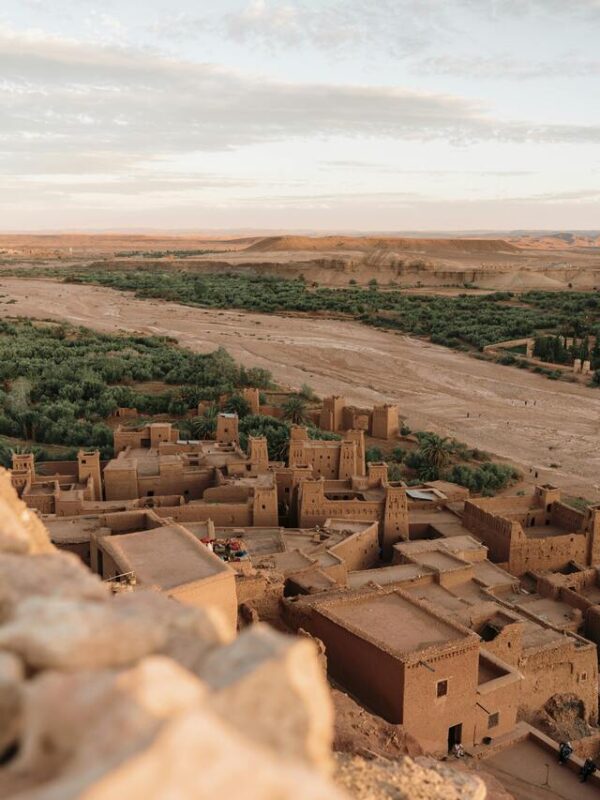
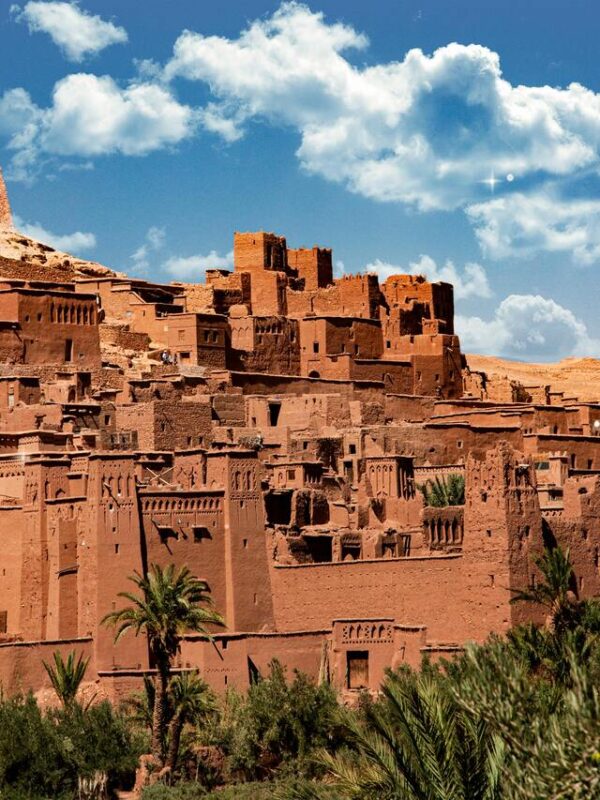
The Beauty of Islamic Influences in Moroccan Architecture
Morocco’s rich history is woven from a tapestry of invaders, including Saharans, Phoenicians, Romans, Greeks, Byzantines, Ottomans, Arabs, Spanish, and French. By the 7th century, Muslim Arabs significantly influenced Moroccan architecture, known for its decorative and functional elements.
As you explore, you’ll be enchanted by the intricate beauty of Islamic architecture, with its stunning geometric patterns, vibrant Zellij tiles, elegant fountains, and graceful horseshoe arches. Classic colors like green, blue, brown, white, and black come alive in mesmerizing designs of diamonds, stars, and triangles.
Fountains are central to this architectural style, symbolizing paradise and offering sacred spaces for purification before prayer. Each tile, arch, and fountain reflects the rich cultural fusion that defines Morocco’s architectural heritage, inviting you to appreciate its artistry and significance.
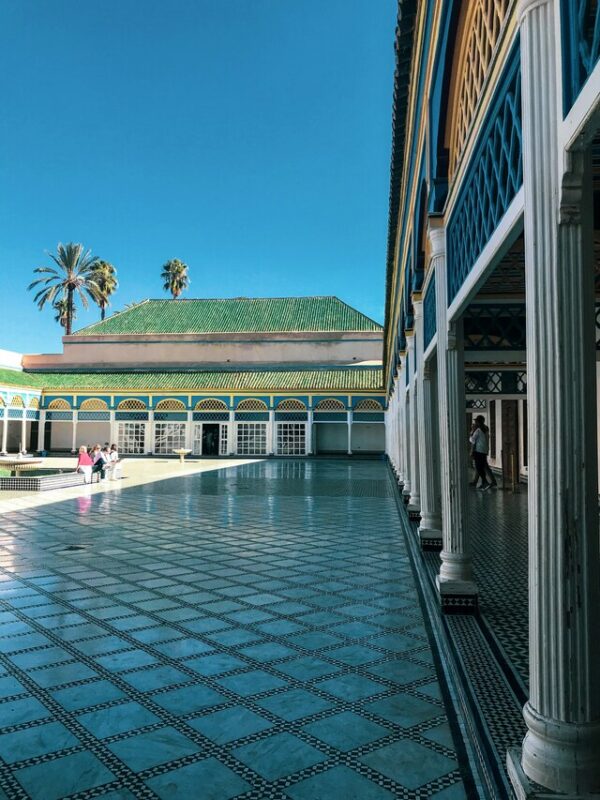
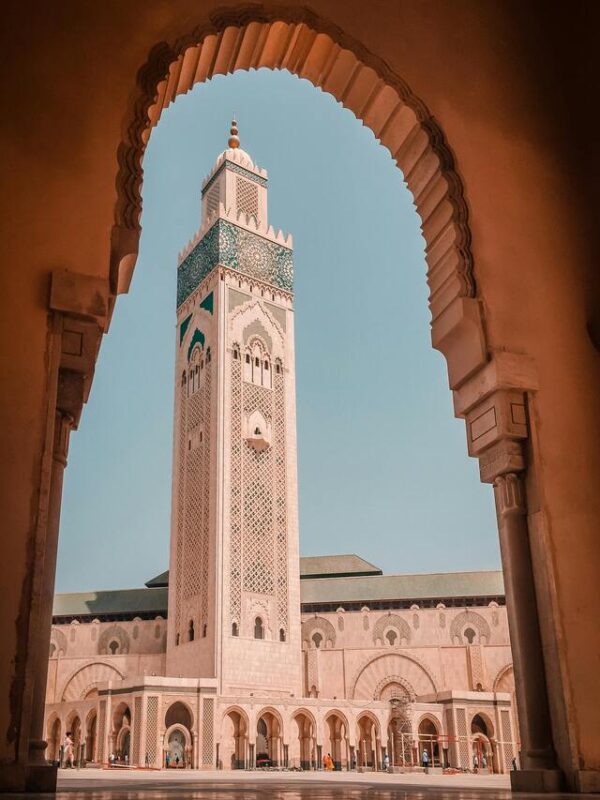
Islamic Moroccan architecture captivates throughout the country, showcasing dazzling domes, soaring towers, and intricate designs in mosques, palaces, and plazas. A standout example is the Hassan II Mosque in Casablanca, which ranks among the largest mosques in the world. Notably, its towering minaret reaches 210 meters high, while both the interior and exterior feature vibrant tiles, hand-carved wood and stone, pink granite, marble, grand chandeliers, and impressive archways.
In Marrakesh, be sure to visit the exquisite El Bahia Palace, built in the late 1800s. This architectural gem boasts sweeping archways, a marble courtyard, and ornamental gardens, as well as bright tiling, painted ceilings, silk panels, and stained glass. Together, each element combines to create a stunning masterpiece that truly embodies the splendor of Moroccan design.
The French Touch: Unraveling Its Impact on Morocco’s Architectural Evolution
As you enter the vibrant tapestry of southern Morocco, a journey back in time begins, highlighting the mix of tradition and colonial influence from 1912 to 1956. Visualise the landscapes where Berber and Islamic architecture, with its small windows, once flourished. Then imagine the arrival of the French, with their elegant double doors and large windows, which transformed Moroccan design.
As you stroll through these transformed streets, you’ll notice the architectural rules set by the French: buildings capped at four stories, flat roofs stretching across the skyline, and balconies designed for neighborly privacy. While these regulations aimed to preserve traditional architecture, they inadvertently stifled urban growth and limited innovation.
As you wander through cities like Rabat, the charm of Mauresque or Neo-Moorish style catches your eye. Picture European-style boulevards lined with grand administrative buildings, showcasing a unique blend of cultures. In Casablanca, the allure of Art Nouveau and Art Deco unfolds, with intricate Parisian wrought-iron windows and ornate balconies set against Moroccan flair. Each step draws you deeper into a rich architectural story, where East meets West in an enchanting embrace.
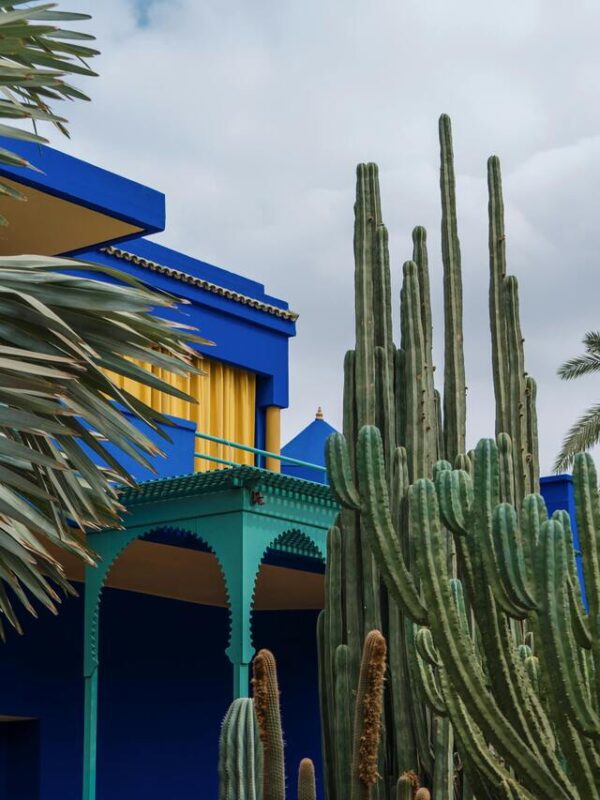
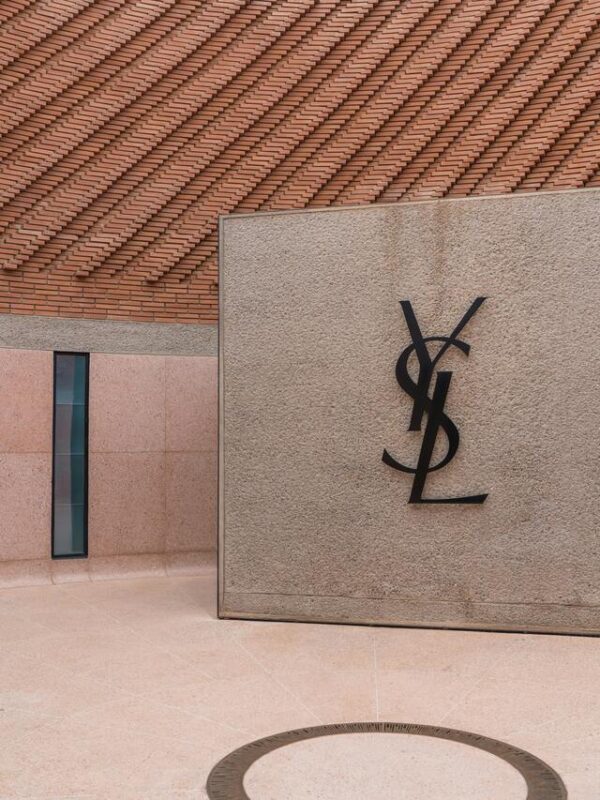
MOROCCAN ARCHITECTURE TODAY
As you wander through any Moroccan city, you’re immersed in a stunning blend of Berber, Islamic and French architecture. Traditional minarets and intricately tiled facades stand alongside sleek modernist buildings, creating a vibrant urban tapestry.
Explore colorful souks where earthen walls meet wrought-iron balconies, each detail reflecting Morocco’s rich cultural fusion. This eclectic mix showcases a harmonious coexistence of tradition and modernity, inviting you to experience the country’s unique charm.
